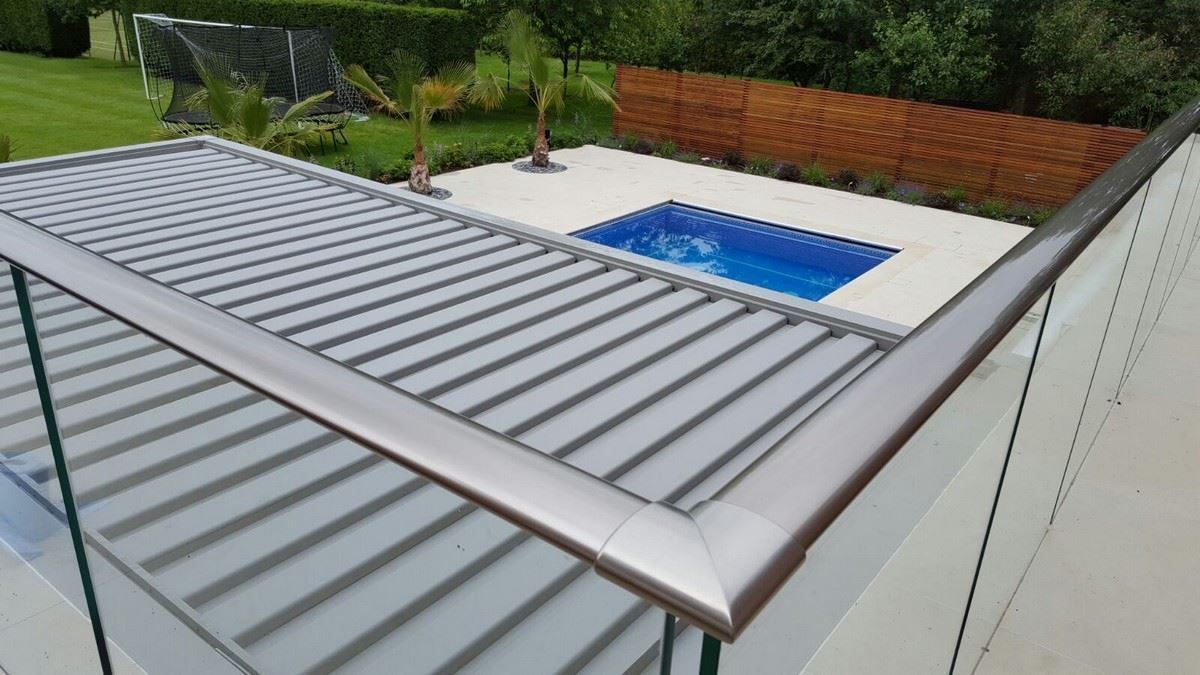Unveiling the Technology Behind Unparalleled Low-Light Performance
For years, capturing crisp, clear images in low-light conditions has been the holy grail of photography and videography. Grainy, noisy footage was the unfortunate reality. But advancements in sensor technology, coupled with sophisticated image processing algorithms, have finally delivered a breakthrough. The new camera boasts a revolutionary sensor capable of capturing significantly more light than its predecessors, pushing the boundaries of what’s possible in night vision.
The Superior Sensor: The Heart of Night Vision Perfected
The secret weapon lies within its custom-designed sensor. This isn’t just an incremental improvement; it’s a quantum leap. The larger sensor size allows it to gather considerably more light, resulting in brighter, sharper images even in near-total darkness. Furthermore, the sensor’s unique pixel architecture minimizes noise and enhances detail, eliminating the grainy appearance typical of low-light photography. This advanced sensor is coupled with a high-speed processor allowing for fast image capturing and processing with minimal lag.
Advanced Image Processing: Turning Data into Stunning Visuals
A superior sensor alone isn’t enough. The camera’s sophisticated image processing algorithms are crucial to its success. These algorithms intelligently reduce noise, enhance contrast, and sharpen details, resulting in incredibly clear and vibrant images. The processing power is optimized for low-light conditions, ensuring the best possible image quality without sacrificing speed. The algorithms dynamically adjust to varying light levels, ensuring consistently excellent performance across a wide range of environments.
Beyond the Specs: Real-World Performance in Challenging Conditions
In rigorous testing, the camera consistently outperformed competing models. Whether navigating a moonless forest, capturing wildlife at night, or filming a nighttime cityscape, the results were breathtaking. The camera’s ability to capture details that were previously lost to darkness was truly remarkable. The images and videos produced were incredibly sharp, detailed and free from the noise and grain that plague other low-light cameras. It successfully captured scenes where other cameras failed miserably.
The Lens System: Optimizing Light Gathering and Image Clarity
The advanced sensor is complemented by a high-quality lens system designed specifically for low-light photography. The lens elements are optimized to minimize light distortion and maximize light transmission. This contributes significantly to the camera’s superior image quality in low light. Multi-coating techniques on the lens reduce flare and ghosting, further enhancing image clarity and contrast. The lens also features a wide aperture, allowing it to capture even more light, significantly improving image brightness and reducing noise.
Beyond the Visuals: User-Friendly Design and Practical Applications
The camera isn’t just about technical specifications; it’s about ease of use. The intuitive interface makes it simple to navigate settings and capture stunning images, even in challenging situations. This ease of use makes it ideal for both amateur photographers and experienced professionals. Its practical applications are vast, ranging from wildlife photography and astrophotography to security surveillance and nighttime filmmaking. The robust build ensures it can withstand the rigors of diverse environments.
The Future of Night Vision: A New Era of Low-Light Imaging
This camera represents a significant advancement in night vision technology. It pushes the boundaries of what’s possible, delivering unprecedented image quality in low-light conditions. It’s not just an upgrade; it’s a revolution. This technology sets a new benchmark for the industry, paving the way for even more innovative advancements in the future of low-light imaging.
Addressing Limitations and Future Improvements
While this camera represents a significant leap forward, there’s always room for improvement. Future iterations might focus on further enhancing low-light sensitivity, potentially through the integration of even more advanced sensor technologies or improved image processing algorithms. The development of more efficient and compact power systems would also be beneficial for extended shooting times in the field. Battery life, while good, could still benefit from optimization. Visit here for information about the best camera with night vision.













